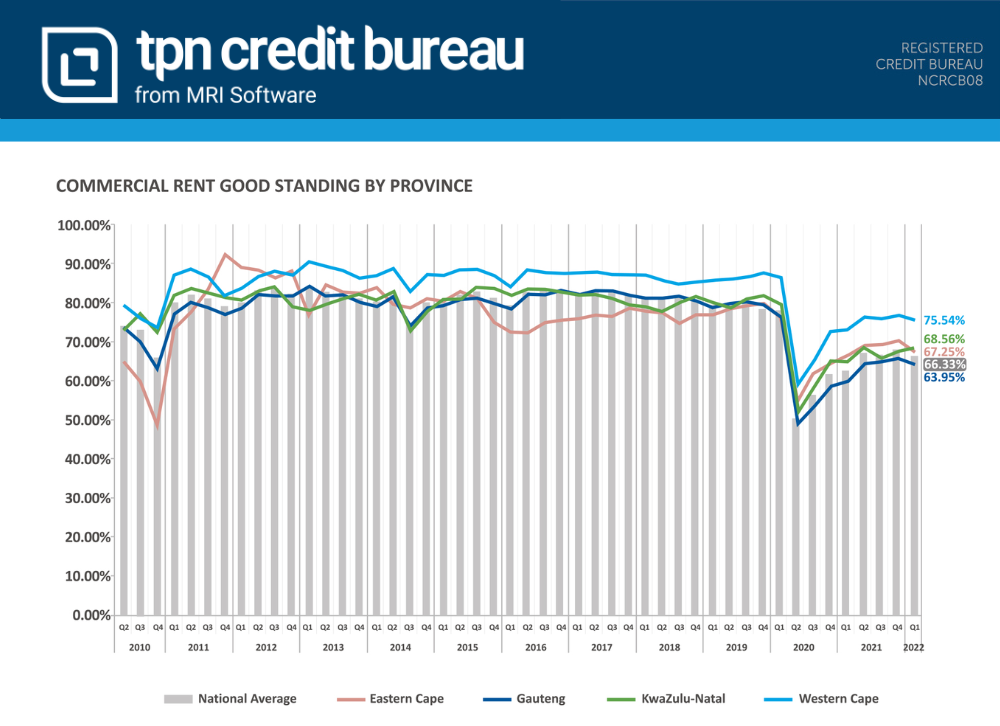How many occupants are legal in a rental property?

Rental Good Standing dropped dramatically during April, May and June of 2020 to 62.43%. Now that tenants can move again, where are they going if rent is no longer affordable? To the only option now available to many South Africans – living with family or friends.
This brings up a critical consideration for landlords: Do you have a right or a duty to advise tenants of the maximum occupancy laws or rules, and if so, where do you look for guidance on what is allowed in your area?
No real guidance in terms of rental law
This is one area where the legislature has left landlords and agents completely in the dark. Whilst the Occupational Health and Safety Act does provide some guidance for commercial properties, there is no legislation dealing specifically with the issue of maximum occupancy in respect of residential properties. Even municipal by-laws rarely address this issue.
Body Corporate Rules often contain a maximum occupancy clause but the position will vary from complex to complex and is not standardised. From a health and safety, not to mention wear and tear perspective, determining maximum occupancy is a pressing issue.
Factors to determine reasonable maximum occupancy
So, what factors should you consider when determining the reasonable maximum occupancy for your property? There are three:
- The most obvious factor is the size of the property including how many bedrooms make up the property, the layout and the total square meterage.There is no set formula for determining how many people can stay in a property of a given size, however when it comes to the number of bedrooms, the general rule of thumb is that one bedroom can accommodate a maximum of two people. A two-bedroom unit would generally be deemed to be able to accommodate four permanent occupants.This rule is open to interpretation though. Layout can be an important factor to consider because it may be that a property only contains two bedrooms but there may be an additional space that could ultimately be utilised as a third bedroom, such as a study or play area. In units that are small and open plan, this would obviously be more difficult to determine.
- Another factor to take into consideration is the age of the potential occupants. Infants and small children obviously take up less space than adults. Where minor dependants are going to occupy the premises, the rules regarding maximum occupancy may differ slightly from the norm.
- The final factor to take into consideration is the actual physical limitation of the property in question. Included in this are considerations such as the location of the property, in other words, is it high up in a block of flats (which presents more of a danger insofar as fire hazards are concerned) or is it free standing, the number of bathrooms in the property and the nature of the plumbing and sewerage facilities available.
Are landlords protected?
There are no formal legal guidelines governing the rules around maximum occupancy of residential properties in South Africa. In the absence of a Body Corporate conduct rule, a landlord or agent needs to use his or her discretion and judge each property on a case by case basis.
It has never been more important for your lease agreement to clearly stipulate the maximum number of occupants. To not set a maximum occupancy is an enormous risk in the on-going crises we find ourselves in.
Click here to download the Residential LeasePack to check this box with your tenants right away. The TPN LeasePack contains the smartest and most affordable leases on the market!
